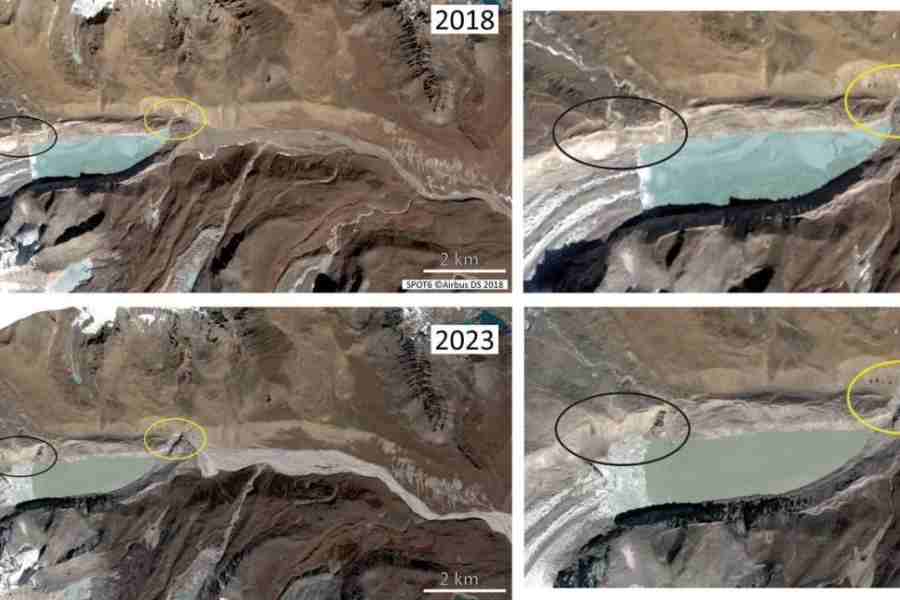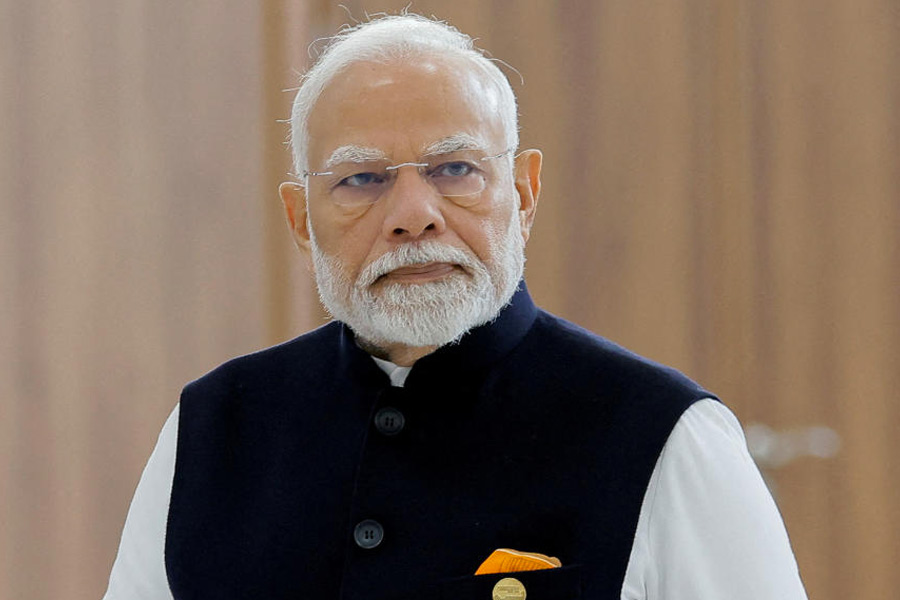At times, principle may not correspond to practice. However, it is important to interrogate the reason for the inconsistency. INDIA, the coalition of Opposition parties, has announced its resolve to boycott the programmes of several television anchors on account of their propensity to peddle hate. This precedent, critics suggest, could have deleterious consequences for a democratic setup. It could lead, for instance, to the creation of fidelities between the media and the government, prioritising loyalty over objectivity. Their concern is not unwarranted. But the rationale for the boycott by the alliance demands an unprejudiced explanation. There can be no denying the sad fact that several television channels have been complicit in disseminating views and ‘news’ that are tinged in majoritarian hues. So much so that the Supreme Court has been forced to acknowledge the impotency of the self-regulatory mechanism of television news channels: the framework, the highest court remarked quite correctly, needs tightening. The ruling Bharatiya Janata Party, the beneficiary of the media’s supineness, has, expectedly, accused INDIA of intimidating the media fraternity. This is, of course, a bit rich even by the BJP’s standards. The BJP’s tallest leader, the prime minister, has been known to be notoriously parsimonious when it comes to interacting with the media. As for intimidation, Mr Modi’s mother of democracy occupies the lowly 161st position out of 180 countries on the press freedom index. The slide under Mr Modi’s watch has taken place not without reason — the intimidation of media entities through tax raids or other covert means to force them to toe the government’s line, the incarceration of and the violence inflicted on journalists along with a devious mechanism to dismiss objective or critical news have contributed to the withering of press freedom in India.
The crisis, manifest in INDIA’s boycott, is two-fold. The first concerns the Indian media’s willingness to be co-opted by the powers that be. The benefit is mutual; but the collateral damage as a result of this quid pro quo is the obliteration of a questioning, independent-minded media and, consequently, of democracy. The second — overlapping — crisis concerns the absence of a revenue model that can insulate the media from State patronage. The rise of social media as a competitor to traditional media, a saturated market, diminishing profits, among other factors, have aggravated the media’s dependence on the party in power. The result? A media sans bark and bite.










